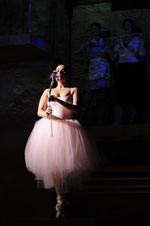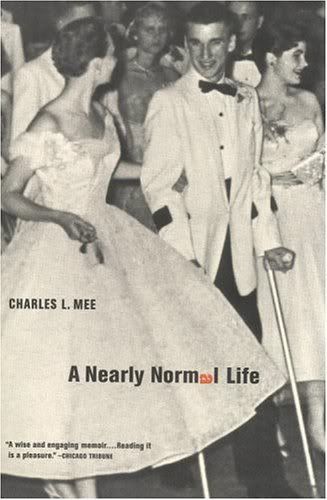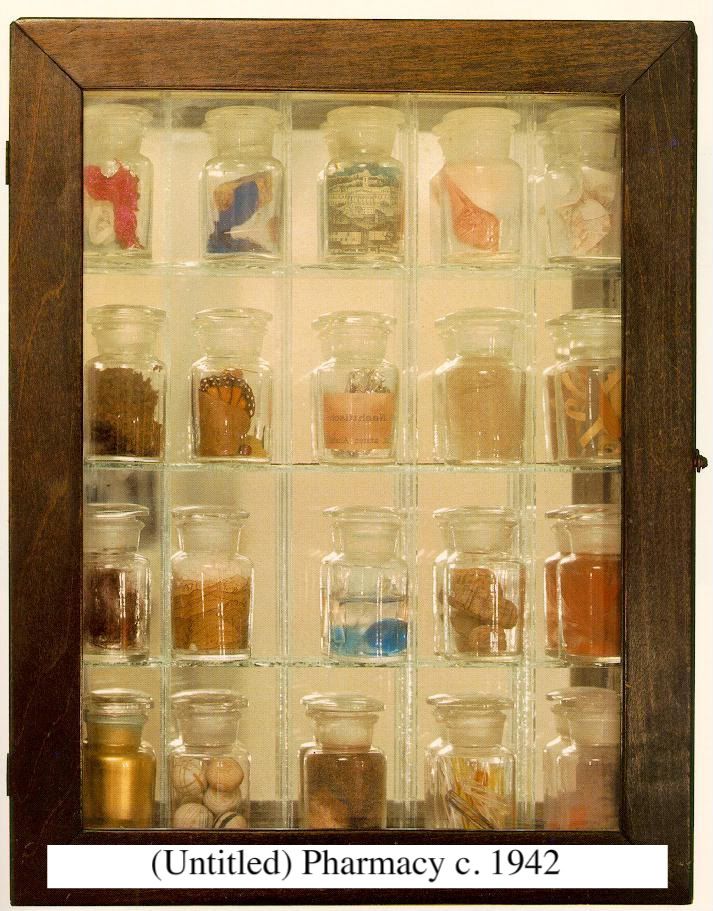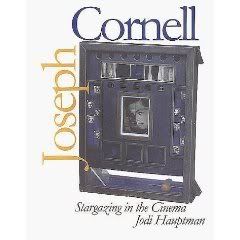1939: Cornell's second solo show receives a positive review from Henry McBride in
The Sun.
1941: Cornell develops intense crushes on the ballerina Tamara Toumanova and the movie start Hedy Lamarr. He creates art works inspired by them. He writes a long letter to a friend recounting a fantasy of seeing Hedy Lamarr dressed in mens clothing and riding a bicycle.
1942: Cornell befriends many artists who had recently moved to New York including Roberto Matta and Marcel Duchamp.
September 4, 1942: Cornell works briefly as an assembler of radio controls. He develops a crush on a woman named Anne Hoysio and gives her a little velvet lined box he had made as a tribute to ballerinas. Nothing would ever happen between them.
1943: Cornell creates two works of art that celebrate girlish innocence:
The Crystal Cage and
Bebe Marie.
1944: Cornell befriends the poet Marianne Moore, a woman almost 20 years older than him. Both find they have much in common. For example, both live with their mothers and both are exceedingly prudish.
1946: After seeing Lauren Bacall's film debut, Cornell makes the box known as
Penny Arcade Portrait of Lauren Bacall. He exhibits it along with other works at his "Portraits of Women" exhibition at the Hugo Gallery.
1949: Cornell begins making boxes devoted to birds. He was excited when artist Willem de Kooning admired their "architecture."
1953: After reading Emily Dickinson's poems and biographies, Cornell feels a close connection to her longings and loneliness. He makes the box
Toward the Blue Peninsula as a tribute to her.
1956: Cornell befriends two teenagers: Performance artist Carolee Schneemann and ballerina Allegra Kent. Despite their age differences, they would become close friends.
1958: Cornell begins recording detailed accounts of the girls he watched out the window of Bickford's Cafeteria. He loved to describe their clothing and androgynous features.
1962: Just as he had ridden along side of the Surrealists and the Abstract Expressionists, Cornell exhibited his art with the Pop artists when they emerged. He even includes Lichtenstein-esque word balloons in his collage,
Where Does the Sun Go at Night?
1962: Cornell experiences his first kiss with 18 year old runaway waitress Joyce Hunter.
January 28, 1964: Tony Curtis and his wife visit Cornell at home and buy three works. His brother Robert is delighted to meet a movie star. His mother doesn't recognize the actor. Curtis would later say about Cornell, "He adored women, but relationships weren't possible for him. He wasn't able...to go from step to step with a woman - from holding hands to 'I'll see you later... we'll go to the movies'...These things were alien to Joseph." Curtis himself made shadow boxes, but never managed to impress Cornell with his work.
1964: Cornell has his first physical relationship with a woman, artist Yayoi Kusama, at the age of 60. Whenever Yayoi dries her hands on a dishtowel at the Cornell residence, Cornell's mother boils the dishtowels right in front of her. Once, Mrs. Cornell actually tosses a pot of water at the two when they were kissing in the back yard.
September 17, 1964: Cornell bails out Joyce Hunter from jail after she is caught selling shadow boxes she stole from him. He doesn't press charges, but starts locking up his art work.
December 18, 1964: Joyce Hunter is murdered. Cornell receives a Christmas card from her a day later. He is crushed and forever haunted by Joyce's death. He pays for her burial and even offers to raise her three year old daughter, but detectives never locate any of Joyce's relatives.
February 26, 1965: Robert Cornell dies of pneumonia. Marcel Duchamp's wife Teeny wrote to Cornell, "I will always remember his lively spirit and gentle humor." Because their deaths were so close, Cornell would always pair Robert and Joyce together in his thoughts as two innocent and helpless sould wandering through eternity together.
January 4-29, 1966: The "Robert Cornell: Memorial Exhibition" opens. Cornell exhibits some of Robert's drawings such as Baby Hippo, Mouse King, and Unbreakable Rabbit-Drum, as well as some collages he made to honor his lost brother. Some critics are unkind, but others realize that Cornell is just trying to preserve his brother's memory, not change the art world.
1966: Cornell becomes infatuated with Susan Sontag after seeing her on television. Years after meeting him at his home, Sontag said, "I certainly was not relaxed or comfortable in his presence, but why should I be? That's hardly a complaint. He was a delicate, complicated person whose imagination worked in a very special way."
October 17, 1966: Cornell's mother dies at the age of 84. He continues to talk to her by writing her letters in his diary.
January 9-February 11, 1967: A retrospective of Cornell's art featuring 74 works opens in Pasadena. Although Cornell doesn't attend, he is pleased that the exhibition will be near the home of so many actresses he has idolized over the years.
December 15, 1967: Cornell's work is featured in a 12-page spread in
Life, titled "The Enigmatic Bachelor of Utopia Parkway.
c. 1970: After a Metropolitan Museum of Art Seminar for high school students, Cornell invites the children to his house where he serves them cocoa and gives them comments on their collages. David Saunders would later say, "He was very accepting and I had never been treated that way by an adult before."
c. 1971: John Lennon and Yoko Ono visit Cornell's home and buy ten collages. Cornell is very excited because Ono wears a see-through shirt.
c. 1971: Travel writer Leila Hadley has a relationship with Cornell.
1972: Cornell's niece sees him empty a pill capsule into a glass of water and drink it. He has never taken medication and doesn't know how.
December 29, 1972: Joseph Cornell dies peacefully at his home on Utopia Parkway.
Source:
Utopia Parkway by Deborah Solomon
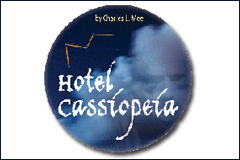 Now showing at the Don Powell Theatre at the San Diego State University campus, through December 7, 2008.
Now showing at the Don Powell Theatre at the San Diego State University campus, through December 7, 2008.
